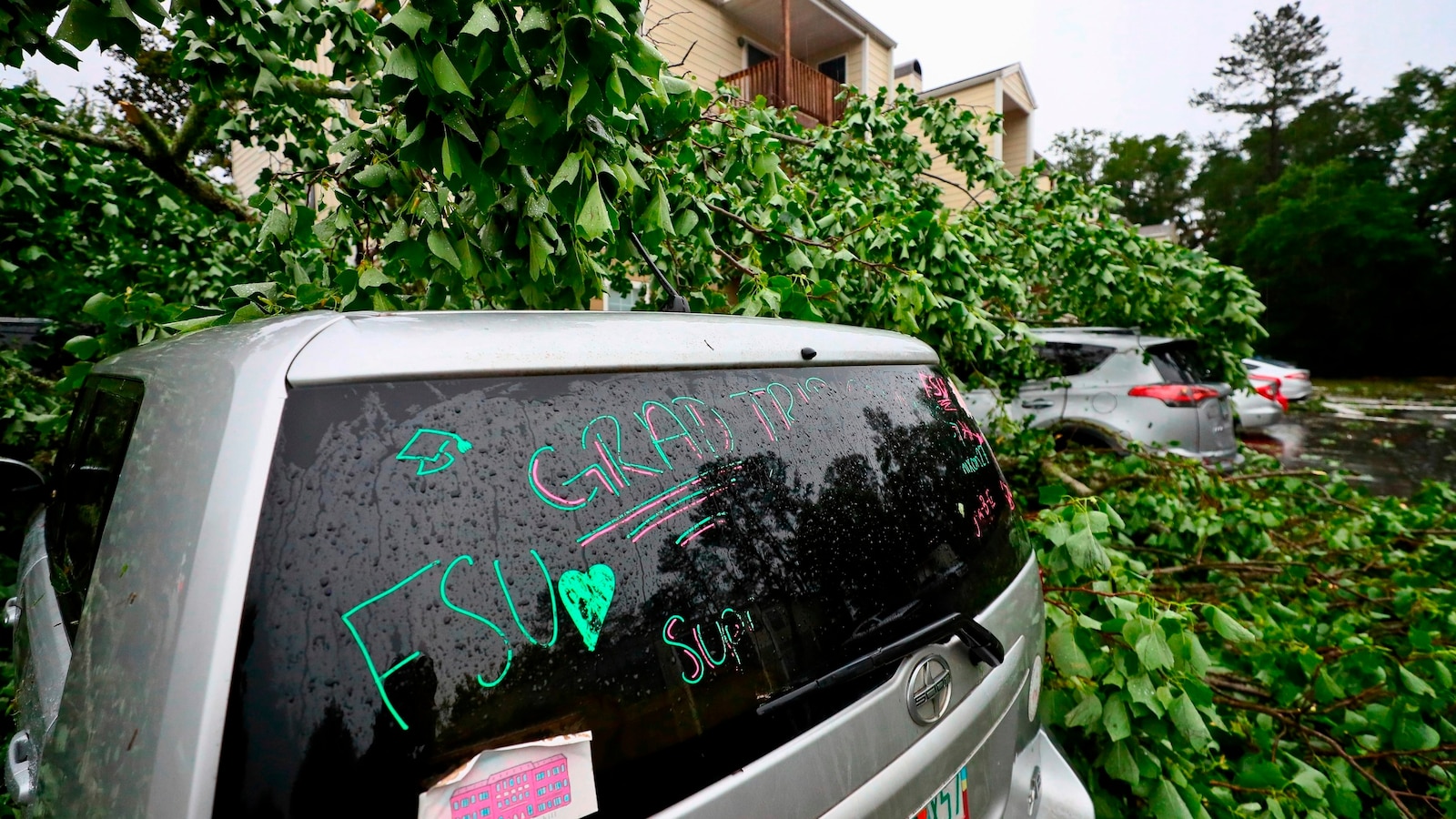US is experiencing more tornado outbreaks, despite fewer tornado days overall, researchers say
The United States is experiencing more tornado outbreaks, despite seeing fewer tornado days overall, according to researchers. This puzzling trend has scientists scratching their heads as they try to unravel the reasons behind this phenomenon.
Tornado outbreaks are defined as events in which multiple tornadoes occur in close succession and in the same general area. These outbreaks can be particularly devastating, causing widespread destruction and loss of life. In recent years, there has been a noticeable increase in the frequency and intensity of tornado outbreaks across the country.
One of the most striking aspects of this trend is that overall tornado activity has actually been on the decline. According to the National Oceanic and Atmospheric Administration (NOAA), the number of days with at least one tornado has been decreasing in recent years. This seemingly contradictory data has led researchers to delve deeper into the factors driving tornado outbreaks.
One possible explanation for the increase in tornado outbreaks despite fewer tornado days is changing weather patterns. Climate change is altering the dynamics of the atmosphere, leading to more favorable conditions for tornado formation. Warmer temperatures, increased humidity, and shifts in wind patterns can all contribute to the development of severe storms and tornadoes.
Another factor that may be influencing tornado outbreaks is urbanization. As more people move into densely populated areas, the likelihood of tornadoes causing significant damage and casualties also increases. Urban areas are more vulnerable to tornadoes due to the presence of buildings, infrastructure, and a higher concentration of people.
Advancements in technology and improved detection methods may also be contributing to the increase in reported tornado outbreaks. Doppler radar, satellite imagery, and storm tracking tools have become more sophisticated in recent years, allowing meteorologists to better monitor and predict severe weather events. This increased awareness and ability to detect tornadoes may be leading to more accurate reporting of tornado outbreaks.
Despite these advancements, there is still much that remains unknown about tornado outbreaks. The complex interactions between various atmospheric factors make it challenging to predict when and where tornadoes will occur. Researchers continue to study tornadoes and their behavior in order to better understand these destructive storms and mitigate their impacts on communities.
As tornado outbreaks become more frequent and severe, it is important for individuals and communities to be prepared. Having a plan in place, staying informed about weather alerts, and seeking shelter in a safe location are all crucial steps to take when faced with the threat of a tornado. By being proactive and vigilant, we can better protect ourselves and our loved ones from the devastating effects of these powerful storms.






